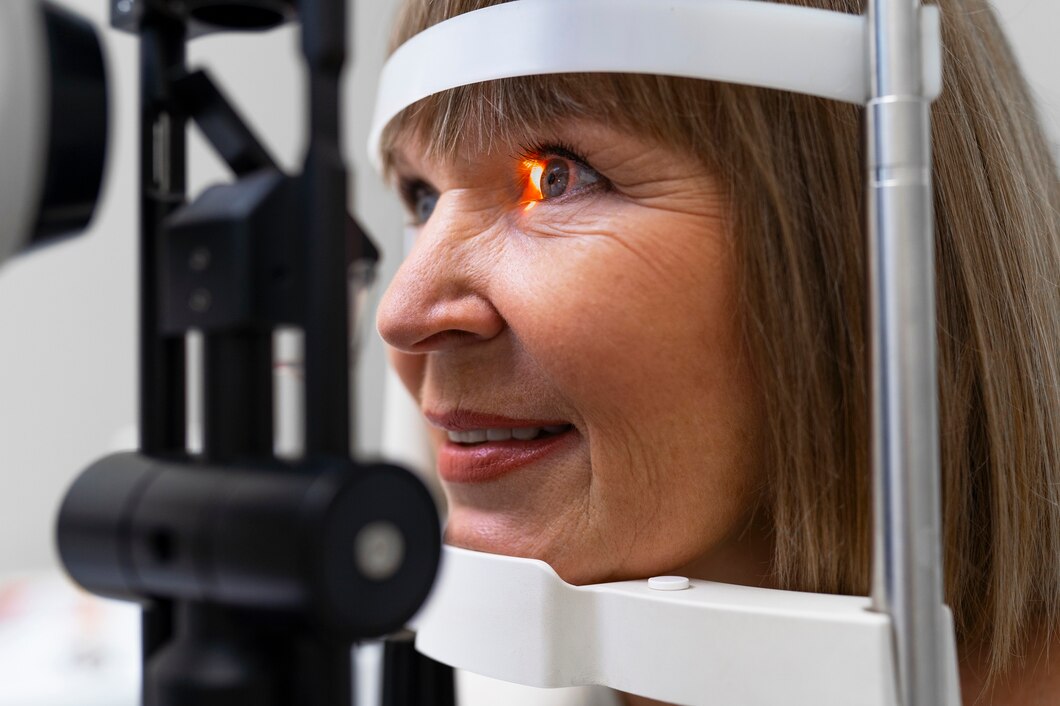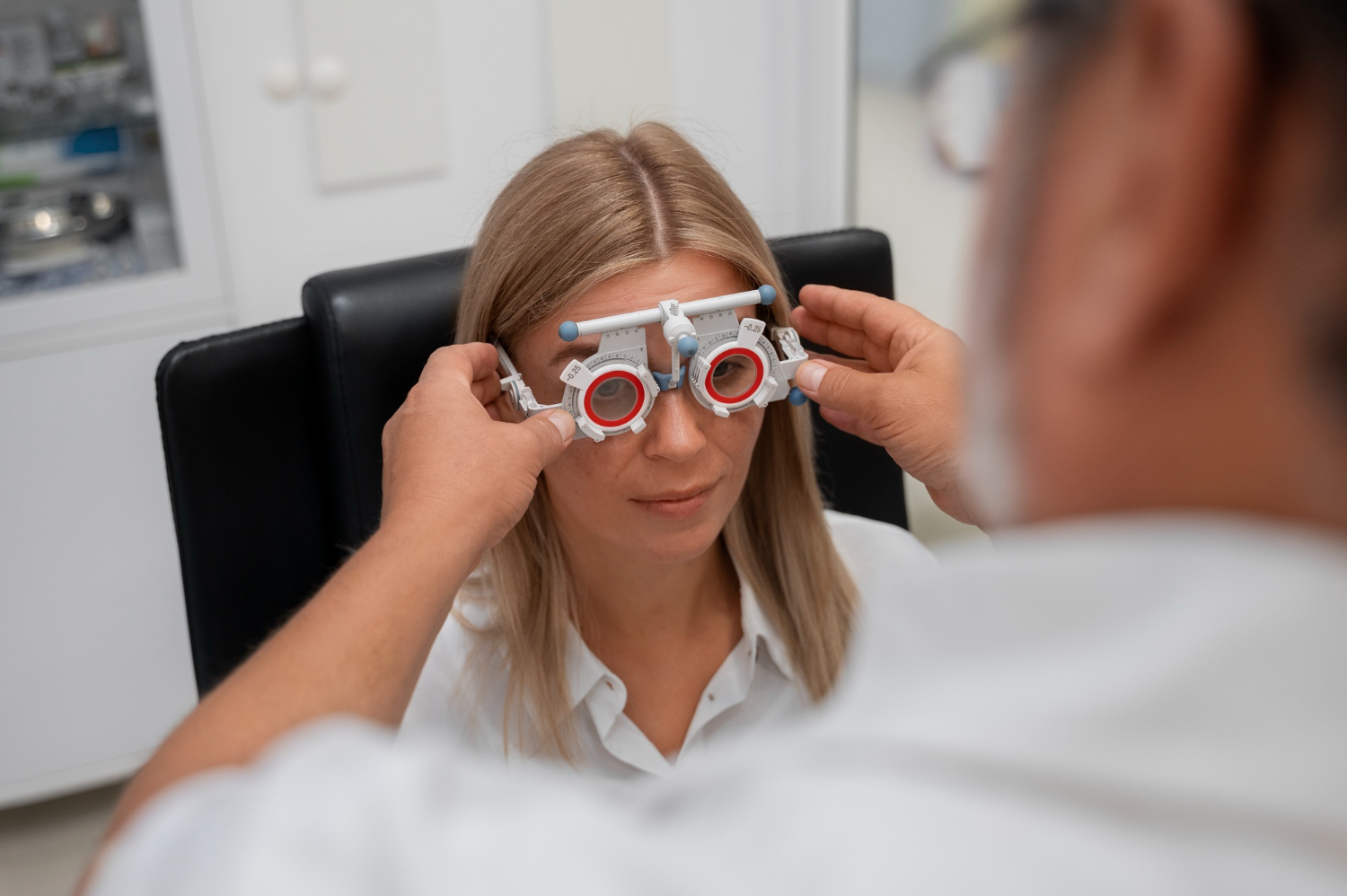Cataracts are one of the most common eye conditions, and they can occur at any age. While most commonly found in people over the age of 60, they can affect people of any age. Cataracts are a clouding of the lens of the eye, which can cause vision to become blurred, distorted or even completely blocked. There are several types of cataracts, and each one is treated differently. Let’s look at the different types of cataracts and how they are treated through cataract surgery and other methods.
What Causes Cataracts?
Cataracts are caused by a clouding of the eye’s normally clear lens. This can happen when proteins in the lens clump together and form a cloudy area. As a result, the light entering the eye hits the cloudy lens and cannot pass through to the back of the eye, resulting in blurred vision. Some contributing factors to the development of cataracts include age, family history, excessive exposure to sunlight, or disease.
Types of Cataracts
There are several different types of cataracts, and these vary in appearance, severity and the way in which they affect vision. The most commonly diagnosed types of cataracts are age-related or congenital.
Nuclear Cataracts
Nuclear cataracts usually occur in people over 40 and are caused by changes in the nucleus of the lens. The nucleus of the lens is the innermost part of the eye’s lens and is normally packed with proteins. As we age, those proteins break down and clump together, creating an area of cloudiness. The cloudiness can cause a decrease in vision. Nonsurgical treatments for nuclear cataracts can include glasses, contact lenses, or IOL implantation. In more severe cases, surgery may be necessary.
Cortical Cataracts
Cortical cataracts are caused by changes in the lens cortex, which is the outer layer of the lens. This type of cataract usually starts as a wedge-shaped opacity in the outer part of the lens and gradually spreads toward the center. Cortical cataracts usually affect people over the age of 60 but can also occur in younger people who have certain medical conditions. Treatment for cortical cataracts typically involves surgical removal of the cloudy lens and replacement with an artificial intraocular lens (IOL).
Posterior Subcapsular Cataracts
Subcapsular cataracts are caused by changes in the back of the lens, which is located behind the lens cortex. These cataracts tend to develop faster than other types and can cause a decrease in vision more quickly. They are more common in people with diabetes and are typically treated with surgical removal and IOL implantation.
Treatment for Cataracts
Surgery is the most common treatment for cataracts. During the surgery, the eye’s cloudy lens is removed and replaced with an artificial intraocular lens (IOL). This IOL can help improve vision and reduce the symptoms of cataracts. The success rate of cataract surgery is high, and most patients experience improved vision after the procedure.
If surgery is not an option, there are other treatments available. Medications, such as topical steroids, can help slow the progression of cataracts. In some cases, eye drops can help reduce the cloudiness of the lens and improve vision. Lastly, laser treatment is a newer, non-invasive procedure which is used to treat small cataracts and can be done as a same-day procedure with minimal discomfort. During the surgery, a gentler form of laser is used to make small incisions in the lens, which helps to break up the cloudy proteins and improve vision.
Conclusion
Cataracts are a leading cause of preventable blindness in the world and can result in a significant decrease in vision if left untreated. There are three main types of cataracts: age-related, nuclear, and congenital. Treatments for cataracts vary depending on the type and severity, but the most effective treatment is typically cataract surgery. It is important to talk to your doctor about any treatment options that are best for you.
If you know someone who may have cataracts or other vision-related problems, turn to Valley Laser Eye Centre for a comprehensive eye exam and personalized treatment plan. Whether you need a routine eye exam or cataract surgery, our experienced team of specialists is dedicated to providing quality care and helping our patients maintain their vision health. Schedule an appointment today or visit our laser eye clinic for more information.
This blog post does not replace medical advice and should not be implemented prior to consulting a fully certified medical professional.





